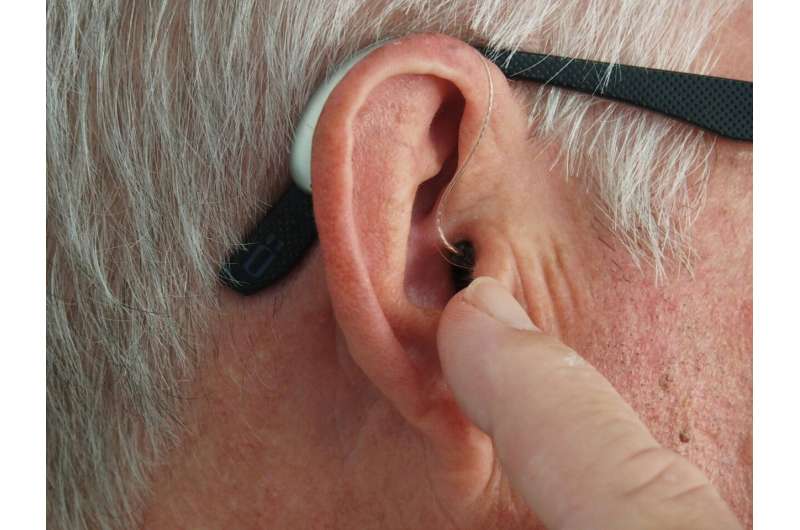High Triglyceride Levels Linked to Dangerous Abdominal Aortic Aneurysms in Mouse Study

New research shows that elevated triglyceride levels directly contribute to the development of dangerous abdominal aortic aneurysms, offering potential new therapeutic strategies.
A recent study conducted by researchers at Michigan Medicine has established a direct connection between elevated triglyceride levels and the development of life-threatening abdominal aortic aneurysms. Triglycerides, a common form of fat found in the body and consumed through diet, have traditionally been viewed as biomarkers for vascular disease. However, this research demonstrates that they actively contribute to the progression and rupture of aneurysms.
The study involved multiple mouse models with hypertriglyceridemia, revealing that increased triglyceride levels have a dose-dependent effect, accelerating aneurysm formation and advancing the risk of aortic dissection. Researchers identified triglyceride-rich lipoproteins and key regulatory proteins like APOC3 and ANGPTL3 as causal factors in aneurysm development.
Further investigation uncovered that high triglycerides impair the function of lysyl oxidase (LOX), an enzyme crucial for maintaining the structural integrity of the aortic wall. This enzyme dysfunction weakens connective tissue, facilitating aneurysm growth and rupture. Overexpressing LOX in mouse models effectively countered these effects, validating the mechanism.
Standard lipid-lowering medications such as niacin did not sufficiently reduce triglycerides to protective levels. Instead, experimental antisense oligonucleotide therapy targeting ANGPTL3 showed promise. This treatment significantly lowered triglycerides by up to 50%, preventing aneurysm formation and dissection in the models.
Lead author Eugene Chen emphasizes the clinical significance: "Our findings suggest that managing triglycerides could become a transformative approach in preventing and treating abdominal aortic aneurysms, especially since current options are limited mostly to surgical repair." Co-senior author Yanhong Guo highlighted the potential for future therapies to address at-risk populations, marking a possible shift in vascular disease management.
This groundbreaking research challenges prevailing perceptions and opens new pathways for pharmacological interventions aimed at reducing aneurysm-related complications. The full study is published in Circulation.
Stay Updated with Mia's Feed
Get the latest health & wellness insights delivered straight to your inbox.
Related Articles
Doctors Highlight the Importance of Recognizing Sepsis Signs on World Sepsis Day
On World Sepsis Day, healthcare experts stress the importance of recognizing early signs of sepsis to save lives. Learn the symptoms and risk factors to ensure timely treatment.
New Insights Reveal Most Puberty-Regulating Cells Form After Birth Rather Than During Embryonic Development
New research reveals that most cells regulating puberty in the pituitary gland develop after birth, challenging previous beliefs about embryonic origins and opening new avenues for early diagnosis and treatment of reproductive disorders.
Variation in COPD Prevalence and Disease Impact Across US States
A new study reveals significant regional differences in COPD prevalence and burden across US states, emphasizing the need for targeted public health strategies to address this inflammatory lung disease.
How Hearing Loss and Loneliness Speed Up Cognitive Decline in Older Adults
New research shows that hearing impairment combined with loneliness can significantly speed up cognitive decline in seniors, emphasizing the importance of early hearing care and emotional support.



